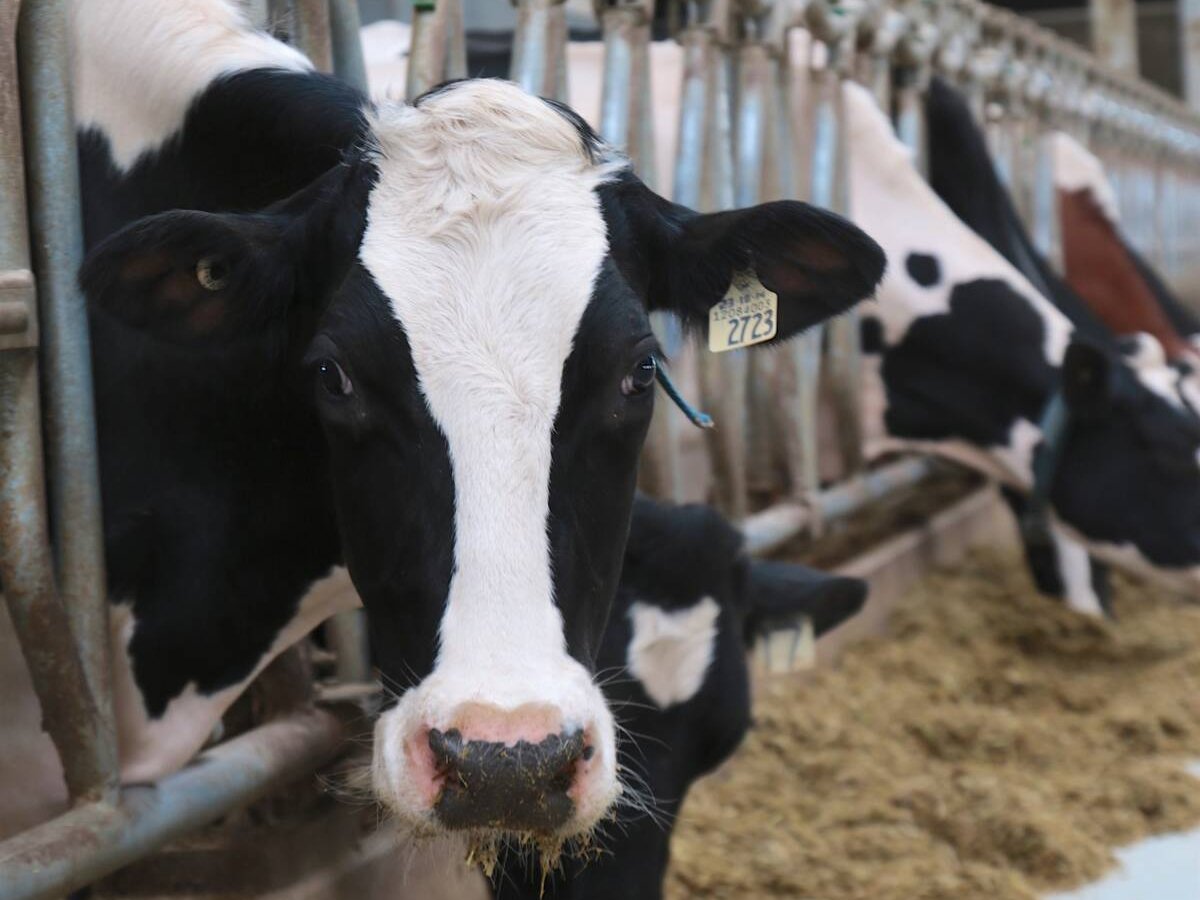How can a Saskatchewan grain producer gross $200 per acre, as The Western Producer reported Jan. 6?
Many people have called to ask how Kevin Miller could arrive at that figure as a gross return projection.
It is possible, as proven by numbers in the Canadian Wheat Board December Pool Return Outlook (see WP, Jan. 6, page 15.)
Assume a wheat yield of 50 bushels per acre, which graded No. 1 and had at least 13.5 percent protein, as noted in the story.
The PRO lists the price for that type of wheat at $175 to $205 per tonne. For the sake of figuring, use the midpoint in that range, which is $190 per tonne.
Read Also

The Organization for Economic Co-operation and Development lauds Canada’s low farm subsidies, criticizes supply management
The Organization for Economic Co-operation and Development lauded Canada’s low farm subsidies, criticized supply management in its global survey of farm support programs.
From that, subtract approximately $50 for handling costs, leaving a figure of $140 per tonne.
To convert dollars per tonne to dollars per bushel, divide by a factor of 36.744. That works out to $3.81 per bushel. At 50 bu./acre, the gross is $190.50 per acre.
No, it’s still not $200 an acre. But as stated in the story, the grain producer got yields of 50 bu./acre or better, and protein levels of 13.5 percent and up.
Assuming 55 bu./acre of 13.5 percent protein, the new figure is $209.55 per acre.
As another example, assume 50 bu./acre of 14.5 percent protein, again using the PRO midpoint for that grade, which is $208 per tonne. Again, subtract $50 per tonne for handling. That is $158 per tonne. Converted, that’s $4.30 a bu., multiplied by 50 bu./acre, for a gross yield per acre of $215.














